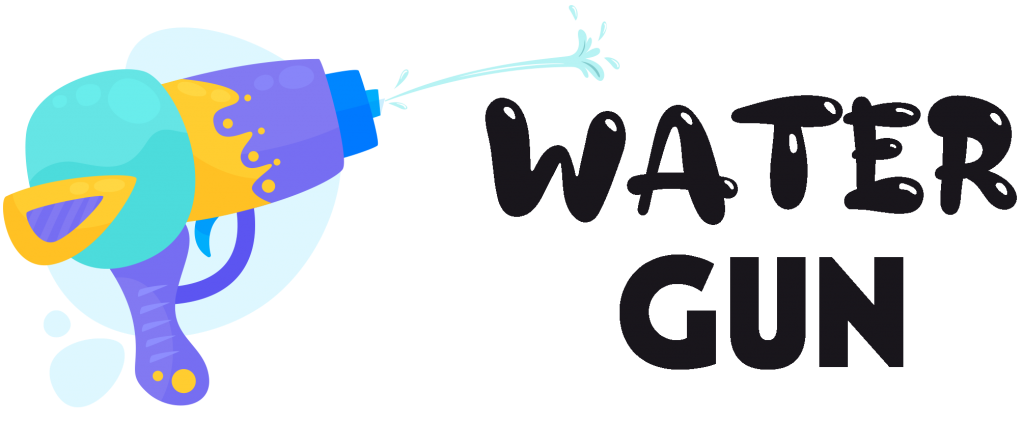Uncategorized
How Does Water Gun Work?
Using a water gun requires a lot of strength. It also requires the shooter to generate enough water pressure to force water out of the gun. The trigger of a water gun can either be manually or mechanically powered. A trigger is an important feature of a water gun. It opens a passageway between the gun’s barrel and the water reservoir, allowing water to be pumped out.
Most water guns work on the principle of a simple pump. The trigger pulls on a spring that pushes a piston out of the cylinder. The water then leaves the gun through the nozzle. This allows for a more powerful stream. Water guns also require a reservoir to hold the liquid ammo.
Some water guns work by using compressed air. Air is pushed into the airspace of the water reservoir, forcing the water out of the gun. These guns are smaller and less powerful than piston pumpers.
If you want to know how a water gun works, continue reading this article.
The earliest known water guns used a rubber squeeze bulb to force water out of the nozzle. The next generation of water guns relied on a pressurized air system. Instead of using a rubber squeeze bulb, these guns use a small motor and gears to pump air into the airspace of the water reservoir. In addition to this, the water reservoir itself is pressurized. This helps ensure that the water gun works correctly.
The Super Soaker is a new wave of water guns developed by Bruce D’Andrade. The Super Soaker uses compressed air to create pressure inside the water reservoir. The Super Soaker can pump water out of its nozzle with 50 feet of pressure. This is a lot of water. However, it is also a lot of work for the shooter.
The Super Soaker relies on a pump system to create pressure inside the water bladder. It also features a trigger mechanism. This allows the shooter to control the amount of water pressure generated. The trigger is a lever that is attached to the gun housing. The trigger is designed to let water through when the pressure in the gun reaches a certain level. This trigger mechanism is connected to a spring. The spring helps to push the piston back into its starting position. The spring is also used to push the piston out when the trigger is released.
The working mechanism of a water pistol includes a three-way valve that selectively supplies liquid to a pressurized liquid reservoir. The pump is either manually or electrically operated. The pump can pressurize air and pressurize water. The volumetric flow rate equation is used to calculate the velocity of the stream exiting the nozzle.
A water gun also includes a trigger and an extended barrel. The trigger is connected to a plug valve and is designed to create a controllable burst. A first spring biases the plug valve to a closed position. A second spring is then connected to the plug valve and opens the valve to a position that allows the water to be released.
